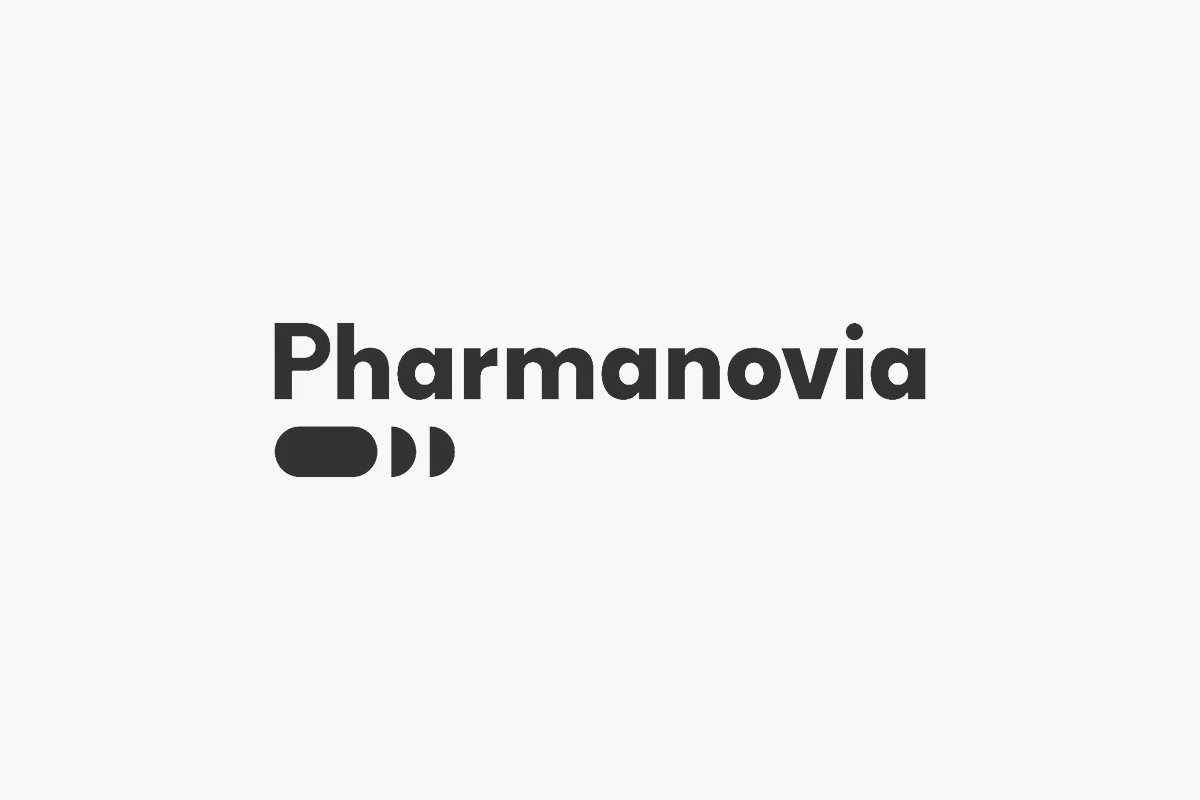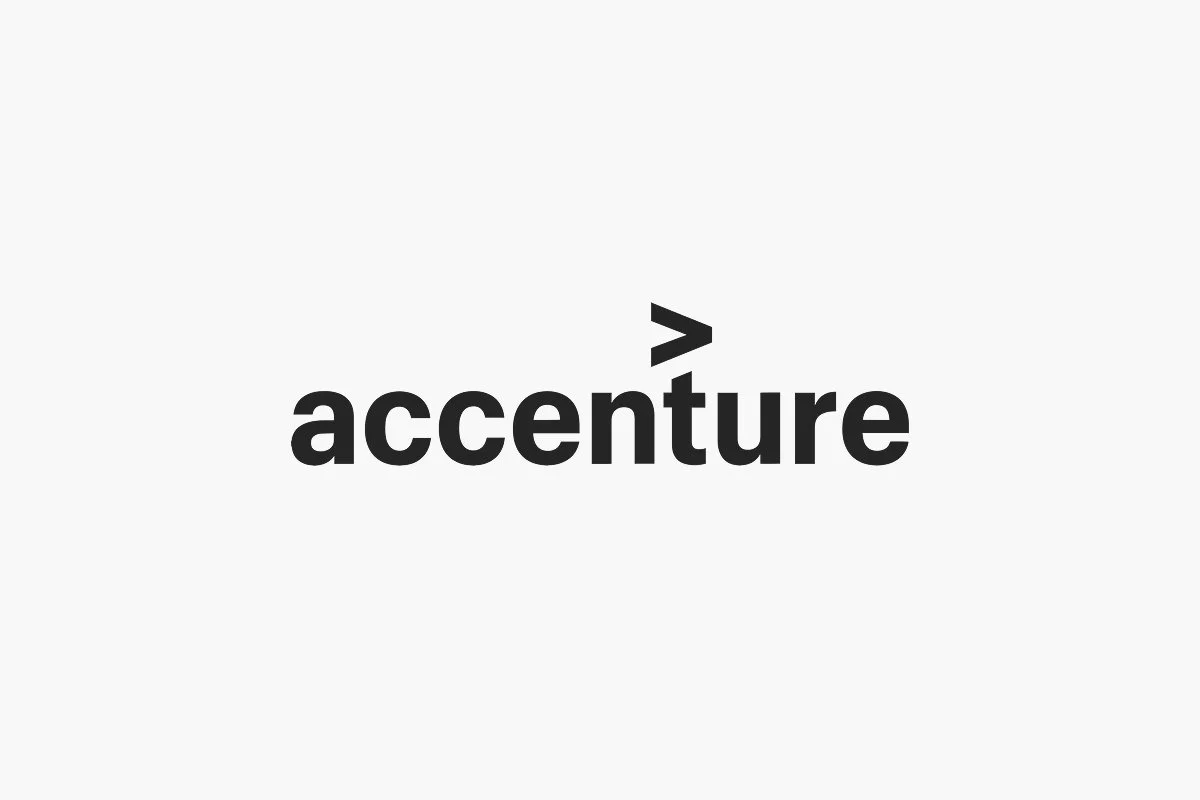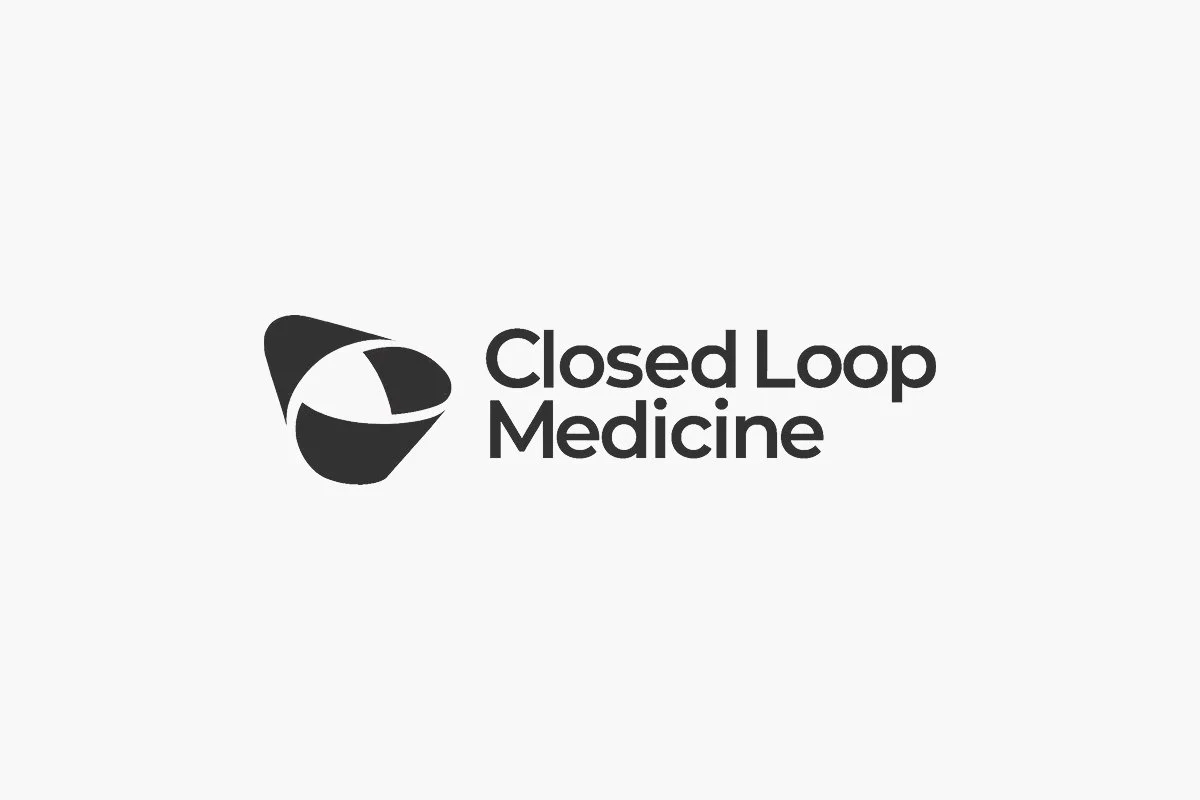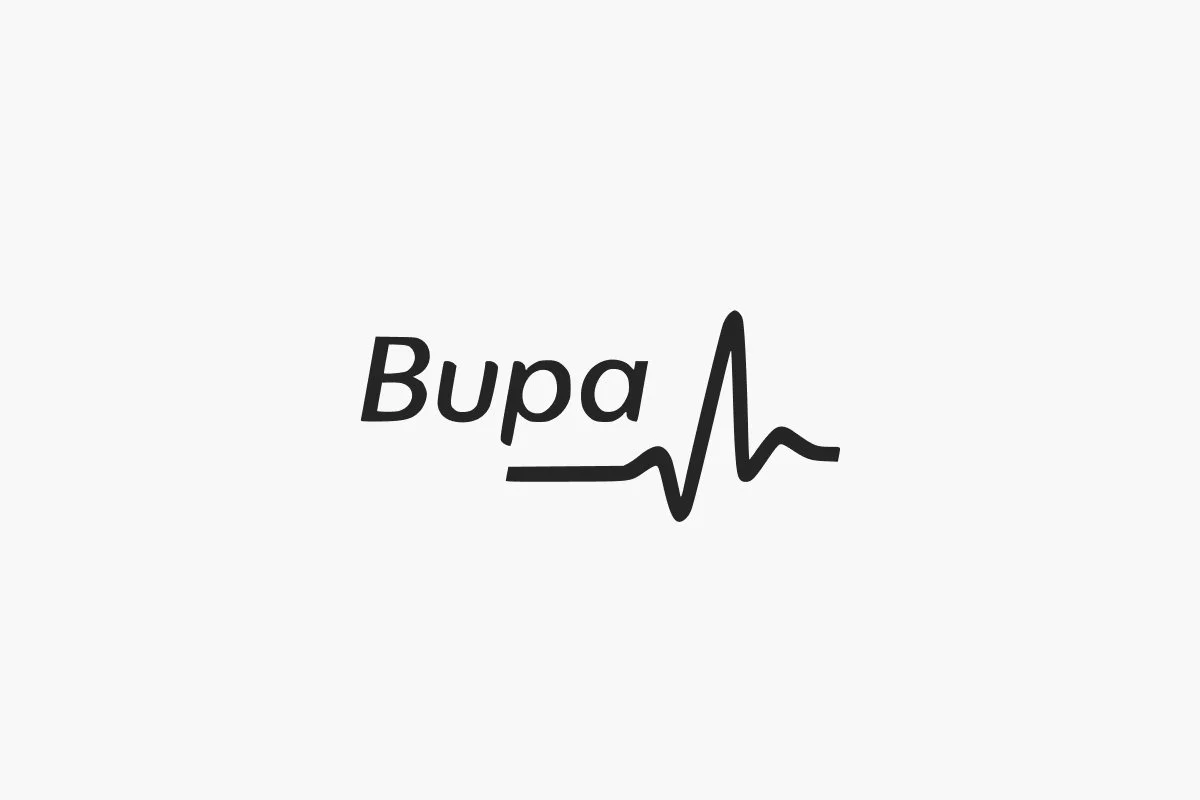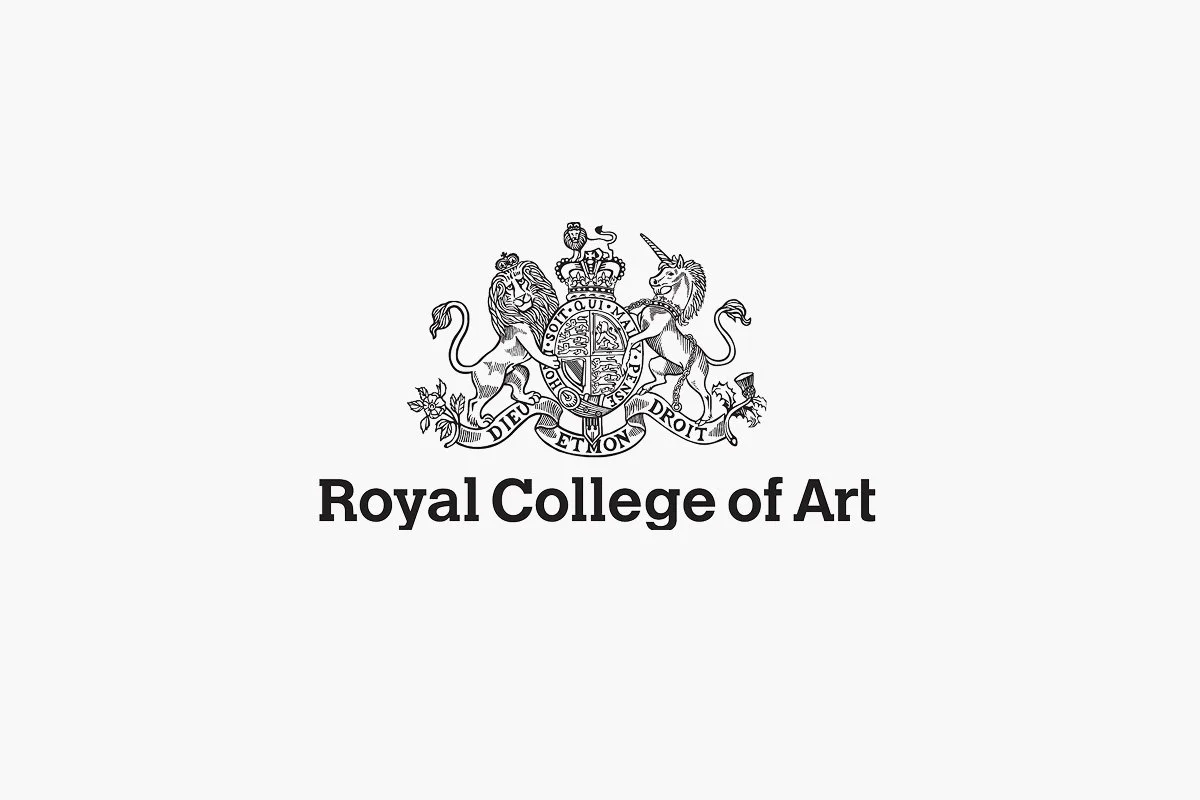I help companies bring human needs, contexts, and technologies together to turn new ideas into satisfying everyday interactions.
-
Clarifying direction at the earliest stage of development. Product vision brings together strategy, purpose, and feasibility to define what a product should become. This includes aligning teams around business objectives, mapping opportunities, and shaping roadmaps that balance ambition with practical delivery.
-
Translating complex challenges into coherent journeys across teams and contexts. This means planning and organising the design, people, processes, technologies, and touchpoints that make up an experience, ensuring they connect seamlessly for both users and organisations. Activities can include collaborative working, user research, profiling, flows, blueprinting and prototyping.
-
Designing digital experiences that feel intuitive and connected, whether for healthcare, retail, or consumer technology. Past work has included building digital ecosystems for wearable devices, psychiatric care platforms, and integrated retail services. Deliverables range from UX and UI prototyping to design systems, accessibility (WCAG), and, where necessary, usability engineering.
-
Bringing clarity and coherence to the ways people engage with products in the physical world. This can mean packaging and labelling that make complex treatments approachable, interiors that support better care environments, or retail experiences that connect physical and digital journeys. At its simplest, it is about creating objects and environments that serve their purpose with clarity and ease.
Selected Collaborations
Process
I meet companies where they are. Having worked in several startups and across all stages of complex product lifecycles, I understand how to support the development of both nascent and mature products, with teams large and small.
1. Swiss Cheese
Most organisations and products I’ve worked with are like Swiss Cheese: some areas are well-understood, but there are gaps that need to be uncovered before ideation and design can succeed. The first step is mapping out what’s known and what’s missing. This creates clarity around the business case, project objectives, essential requirements, and a plan to close knowledge gaps.
2. Shared Knowledge
Research must be targeted to deliver just enough insight for design to begin. Sometimes that means light desk research; other times it requires deep ethnography, expert interviews, workshops, data analysis, or competitor reviews. What matters is that outputs are created with the team, and in formats they can own and adapt.
3. Team Velocity
People build products, not machines, even when we’re integrating automation and AI into the workflow. Alignment, and the right skills and tools, are essential for team empowerment and success. Before work starts, I get to know the people involved and, when it’s within my remit, recruit or coach to ensure the right capabilities, culture and rituals are in place.
4. Design Proper
Some projects are straightforward: objectives are clear, user needs are understood, and an existing brand or design system is in place, all that’s required is effective delivery. Others, especially those involving new technologies, start with a problem and require expansive concept development, iteration, and user testing. Whatever the journey, this phase ends with designs ready to code or manufacture.
5. Map, Horizon & Success
Design solves problems, but it also uncovers new ones and reveals opportunities for future products and services. All these outputs are valuable, but if delivered together they can overwhelm delivery teams focused on near-term goals. To balance this, I use product management frameworks to feed emerging ideas into new visions, roadmaps and backlogs, keeping immediate deliverables on track while ensuring discoveries inform future development.
Biography
I’m a product developer leveraging skills in UX, industrial design, and leadership to help organisations build meaningful products that answer human needs such as health and quality of life. Influenced by designers including the Bouroullec brothers, Jasper Morrison, and Don Norman, I seek to create a kinder sort of modernism: simple and functional, yet grounded in humanity with all the opportunities and challenges it brings.
I first trained as a carpenter and began making at the age of 12. I went on to complete a BA in Furniture and Interior Design at Dublin Institute of Technology (2005), followed by an MA in Product Design at the Royal College of Art (2008). After my studies, I worked as a Senior Research Associate at the Helen Hamlyn Centre for Design, where I led projects on cognitive disability and ageing. My work supported partners such as BUPA to improve products and services for people with disabilities. This work was captured in the book Design for Dementia and the online resource Better Care Homes.
Over a 17-year career, I have directed design at three organisations focused on improving health and outcomes for people with chronic and terminal conditions. My roles have included Design Principal at Cogent Health, where I developed IoT-enabled digital ecosystems for products such as the Seebri inhaler; Director of UX at Proteus Digital Health, where I helped launch wearable and digital platforms Proteus Discover and Abilify MyCite; and VP of Product Design at Closed Loop Medicine, where I led the development of integrated pharmaceutical and medical device products such as Ejuna SyncSleep for the treatment of insomnia.
I now work independently, supporting clients to refine existing businesses and build new products and services. Recent projects include the development of SHP’s new psychiatric care product Pulse and the end-to-end design of services, physical experiences, and digital touchpoints for retailer W&W. I continue to explore how design can improve health and quality of life, while working across industries where human needs meet technology.

